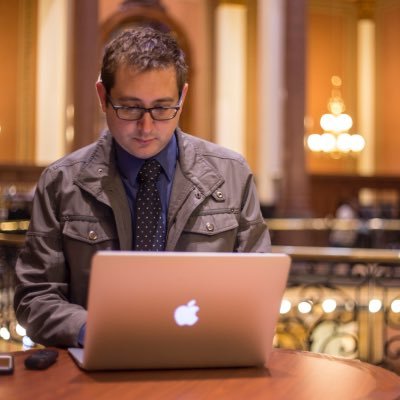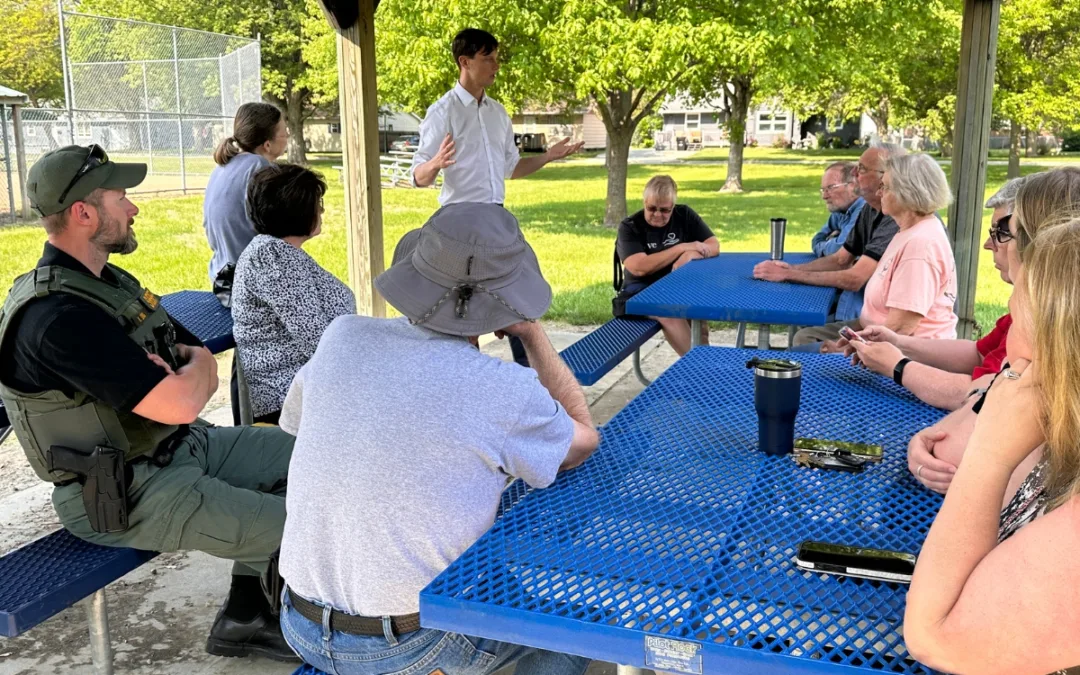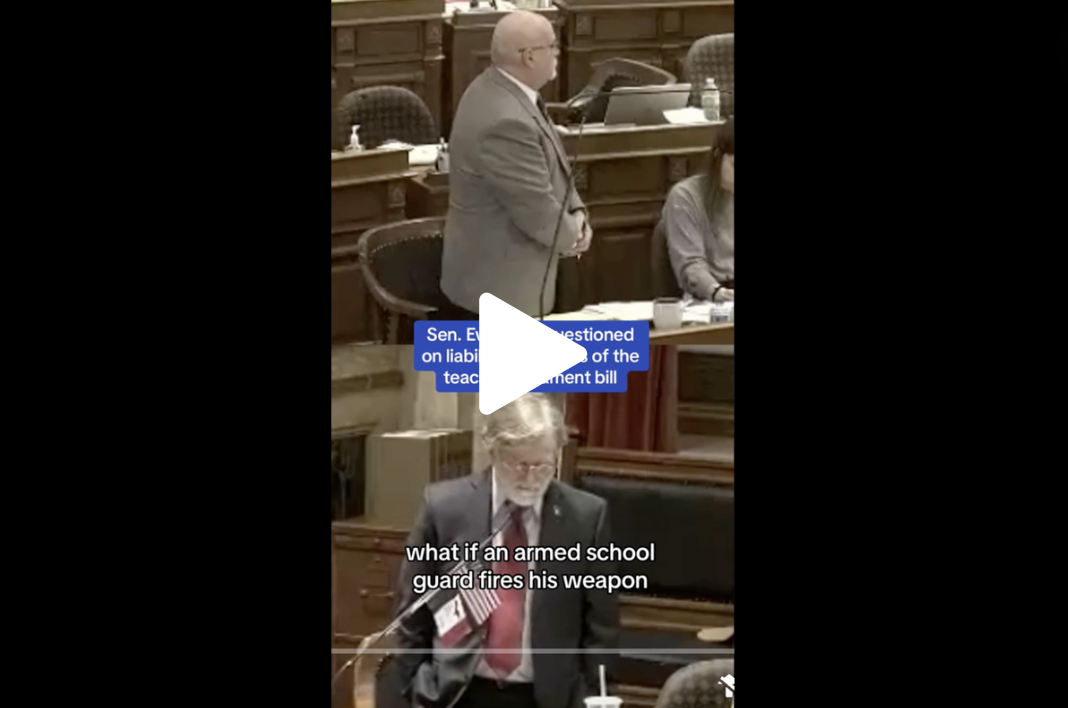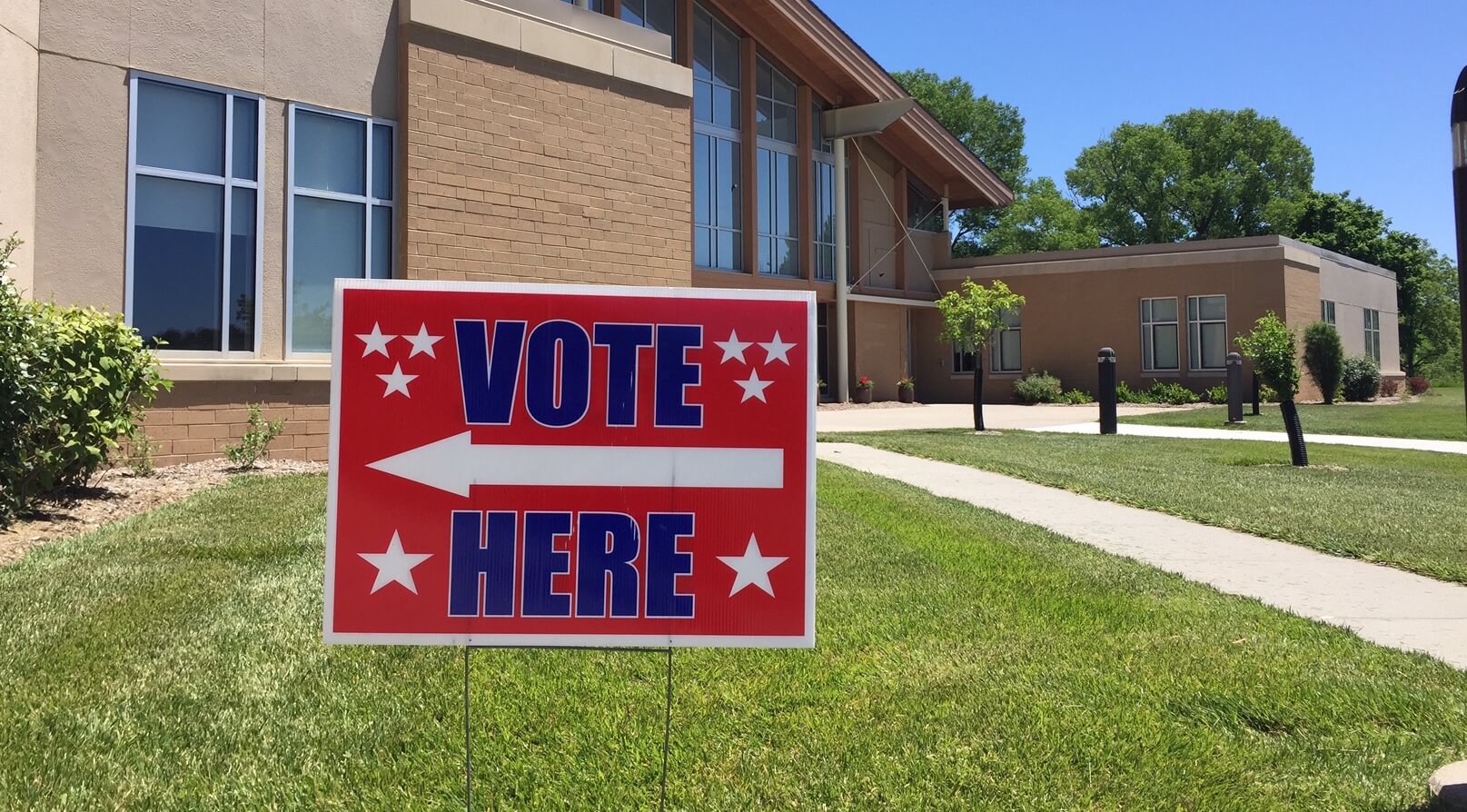
Early voting began for the June 5 primary last week, but the overall numbers for the Democratic primary aren’t too impressive yet. A big reason for that is due to the later start of the early vote – Republicans reduced that timeframe from 40 days to 29 with their new voting restrictions. And the new requirements for additional information on absentee ballot requests may have made campaign efforts to collect those more difficult.
Regardless, the numbers that we have so far are interesting and could have an impact on how turnout in the primary could favor certain Democrats. Starting Line put together all the Democratic early vote requests by county in a spreadsheet, which you can download for yourself here. The numbers are from the latest totals on the Secretary of State’s website, which are from Friday.
Overall, Democratic ballot requests far outpace Republicans. 9,894 Democrats have requested to vote early, as opposed to just 2,214 for Republicans and 48 for Libertarians (now a major party for this year’s election). That’s obviously largely due to the fact that the only statewide Republican primary is for secretary of agriculture.
But where are all the Democratic requests coming from? A handful of counties comprise an outsized percentage of the Democrats’ total. Let’s first look at the top ten counties in terms of raw early vote requests (I’m not doing a column for total voted/ballots returned right now since it’s pretty small numbers in most places):
| D Requested | D Registered | % Registered | |
| Polk | 3,572 | 106,940 | 3.3% |
| Dubuque | 1,400 | 24,670 | 5.7% |
| Johnson | 733 | 40,840 | 1.8% |
| Linn | 558 | 48,901 | 1.1% |
| Wapello | 451 | 7,781 | 5.8% |
| Scott | 365 | 34,079 | 1.1% |
| Story | 253 | 18,165 | 1.4% |
| Lee | 250 | 8,726 | 2.9% |
| Black Hawk | 210 | 28,402 | 0.7% |
| Woodbury | 144 | 17068 | 0.8% |
Many of the counties you would expect to see in a top ten list are there, based simply on population. At this point, Polk County accounts for 36% of all the Democratic early vote requests in the state (Polk made up 19% of the total vote in both the 2006 gubernatorial primary and 2016 senate primary). Dubuque accounts for 14% of the statewide requests. But it’s more useful to look at the list based on the percentage of registered voters in each county. Here’s the top ten for that measurement:
| D Requested | D Registered | % Registered | |
| Wapello | 451 | 7,781 | 5.8% |
| Dubuque | 1,400 | 24,670 | 5.7% |
| Polk | 3,572 | 106,940 | 3.3% |
| Lee | 250 | 8,726 | 2.9% |
| Jefferson | 102 | 3,801 | 2.7% |
| Davis | 36 | 1,604 | 2.2% |
| Delaware | 47 | 2,233 | 2.1% |
| Adams | 11 | 548 | 2.0% |
| Louisa | 29 | 1,579 | 1.8% |
| Johnson | 733 | 40,840 | 1.8% |
(Quick note: It’s difficult trying to compare the current numbers to past races. The last major statewide primary for Democrats with significant spending was the 2006 gubernatorial election. Unfortunately, records for that race don’t break down early vote numbers. Turnout in the 2016 race was driven more by local contests. Doing it by registration numbers isn’t perfect, but it’s the best we’ve got right now.)
State legislative primaries are driving the big numbers in both Wapello and Dubuque counties. 568 Democratic ballots have been requested in SD 41, where Mary Stewart and Ed Malloy face off for the seat that Senator Mark Chelgren is retiring from. Wapello, Jefferson and Davis counties all make the top ten list for Democrats. But the totals are very good news for Stewart. Wapello County’s Democrats have a more than 4-to-1 lead in early vote requests over Jefferson County. Stewart is from Ottumwa (Wapello); Malloy is from Fairfield (Jefferson).
Two competitive Democratic primaries for the Iowa House in Dubuque County help take them to the top. 827 early vote requests (or 8% of the total statewide Democratic requests) are in HD 99, the race between Lindsay James, Brad Cavanaugh and Pat Cullen to replace Abby Finkenauer. Another 281 Democrats have requested ballots in HD 57, the race between Leo Gansen and Nancy Fett for the nomination to take on Representative Shannon Lundgren, who sponsored the House’s abortion ban bill. I don’t have a precinct breakdown to theorize on which candidates that might be helpful for in these races. Overall, it’s just a sign that Democrats are really engaged in these contests.
Those Dubuque County numbers are also good news for Finkenauer in her 1st District congressional primary. 2,506 Democratic ballots have been requested for the 1st District as a whole, meaning 56% of the district’s early vote right now is coming from Finkenauer’s home base of Dubuque alone. That’s a hell of an advantage considering Linn and Black Hawk counties are also in the district.
A three-way Democratic primary to replace Jerry Kearns in HD 83 is helping Lee County get into the top ten.
Now let’s discuss Polk County. The supervisor race between Johnny Mauro and Matt McCoy is by far providing the most concentrated early vote numbers per precinct in the entire state – 65% of the requests in Polk County came from there in the first days of early voting. That’s what happens when you get an old fashioned South Side primary. We’ll delve more into that in a later post.
But those numbers are also having an impact on other races. For McCoy’s senate district that he’s vacating, 846 Democrats have requested early ballots. When you look at the House districts, 737 Democrats have requested in Jo Oldson’s HD 41, the Des Moines side of the district. Only 109 have requested ballots in Peter Cownie’s HD 42, the West Des Moines side. Connie Ryan’s base is on the Des Moines side, while Claire Celsi ran in the West Des Moines district. Celsi should have some strong support in the three South Side precincts on the HD 41 side, but a 7-to-1 advantage in Ryan’s neck of the woods may be hard to beat.
As for the 3rd District congressional race, Eddie Mauro will get a big boost thanks to all this South Side turnout. 35% of the entire 3rd District early vote is currently coming out of Tony Bisignano’s SD 17 district (fun side note: when I ran Bisignano’s race in 2014, 20% of the entire statewide Democratic early vote came from our race during the first week of early voting).
In the gubernatorial primary, you have to imagine both Nate Boulton and Fred Hubbell will benefit most from this Polk County activity. The South of Grand area is turning out in a big way for both the supervisor and state senate primary, which ought to help Hubbell (and Andy McGuire, for that matter). The South Side has some strong union neighborhoods, which will benefit Boulton. Louisa County, which has Boulton’s hometown of Columbus Junction, is in the top ten for percentage of registered voters, but it’s only 29 votes so far.
But overall, there seems to be missed opportunities. For starters, the total number of early vote requests at this point doesn’t suggest a huge turnout for June 5. There were 21,277 early ballots cast in the 2016 senate primary, but the 102,000 Democratic statewide turnout that year wasn’t very impressive. We’re not even halfway to that early vote number (and we’re only counting requests – most still have to be turned back in).
If you look at the attached spreadsheet, you’ll see that many rural counties have a minuscule amount of requests (4 in Winnebago, 6 in Emmett, 3 in Union and 0 in Osceola). That tells me that no one has sent out an absentee request mailer yet (or they didn’t send it early on to where the numbers are in yet). Which is odd. You’d think campaigns would have a model of their supporters to target absentee requests to in order to boost turnout among likely supporters. It appears AFSCME is sending out an absentee mailer this week, so those numbers could jump in favor of Boulton.
But there are even geographic areas of the state that certain candidates could swamp with requests to favor themselves. Johnson County’s 733 isn’t that many if Cathy Glasson wants to build up a huge lead in her home county. Boulton’s own SD 16 has just 376 Democratic requests so far (some of which likely being generated by the Rick Olson/Tiffany Allison House primary). Rural counties, which John Norris will count on for building up his margin, have very low request numbers. And if I were Hubbell, I’d send blanket absentee requests into the counties in media markets where he’s the only one on TV.
There’s also a few races that have surprisingly low numbers. SD 37, where four Democrats, including Zach Wahls and Janice Weiner, are running to replace Bob Dvorsky, has just 245 Democratic early vote requests. HD 68, the contest between Molly Donahue and Scott Foens for Ken Rizer’s seat, has generated only 96 requests. There’s 50 in HD 38, Kevin Koester’s seat where Democrats Heather Matson and Reyma McCoy McDeid are running.
Of course, these numbers are just from the very first week of early voting. On the other hand, there’s much less time this year to turn out votes through absentee ballots or voting in-person at the county auditor’s office. So, we’ll see how these numbers improve in the final three weeks of the primary. This at least is a good baseline to understand where we started.
If you want more information on how turnout trends can impact primaries, revisit this piece of mine from just after the 2016 Democratic primary.
by Pat Rynard
Posted 5/15/18
Politics
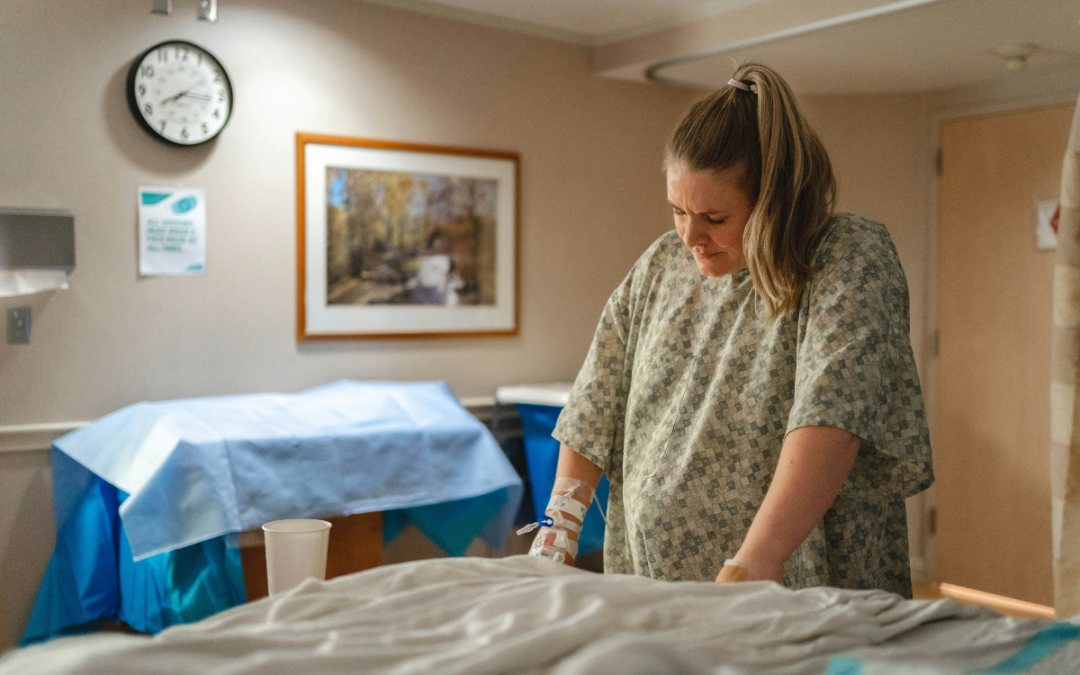
It’s official: Your boss has to give you time off to recover from childbirth or get an abortion
Originally published by The 19th In what could be a groundbreaking shift in American workplaces, most employees across the country will now have...

Trump says he’s pro-worker. His record says otherwise.
During his time on the campaign trail, Donald Trump has sought to refashion his record and image as being a pro-worker candidate—one that wants to...
Local News

No more Kum & Go? New owner Maverik of Utah retiring famous brand
Will Kum & Go have come and gone by next year? One new report claims that's the plan by the store's new owners. The Iowa-based convenience store...

Here’s a recap of the biggest headlines Iowa celebs made In 2023
For these famous Iowans, 2023 was a year of controversy, career highlights, and full-circle moments. Here’s how 2023 went for the following Iowans:...


